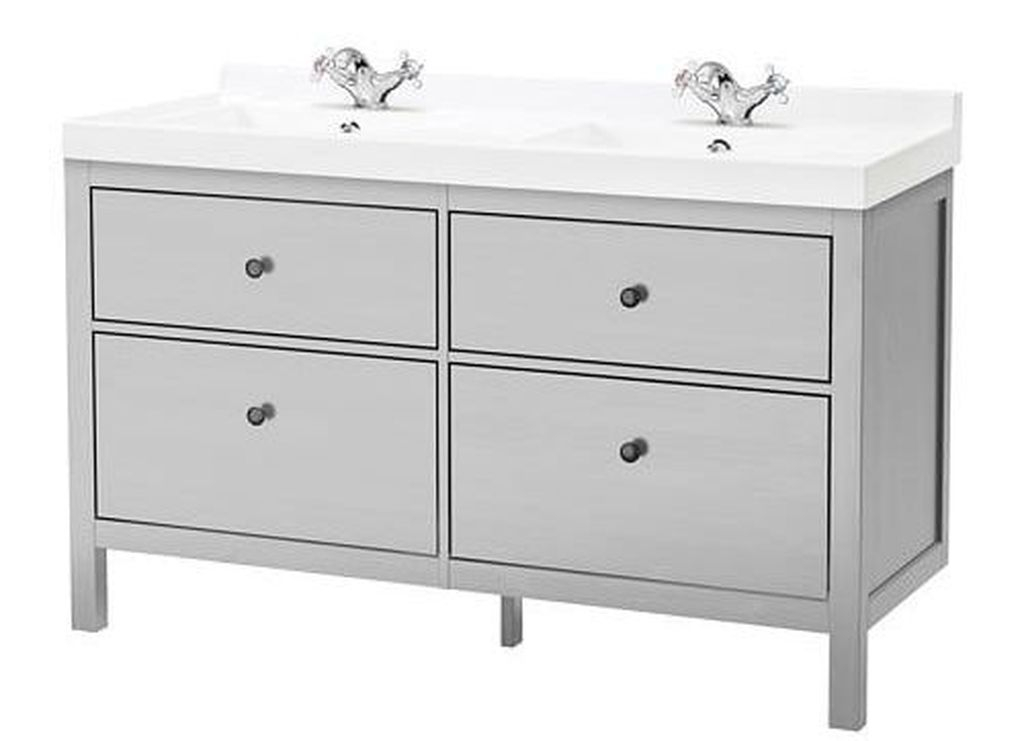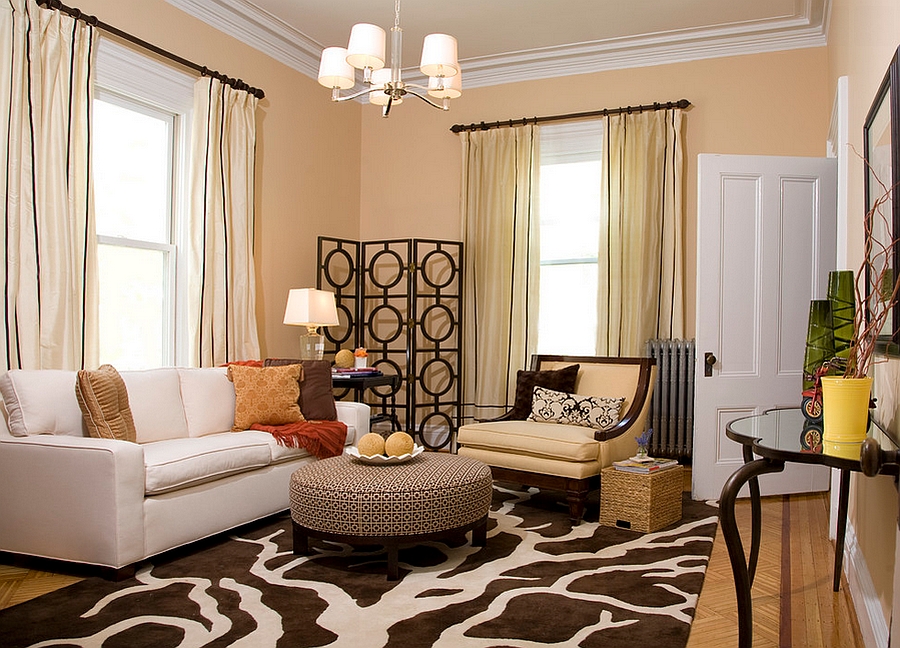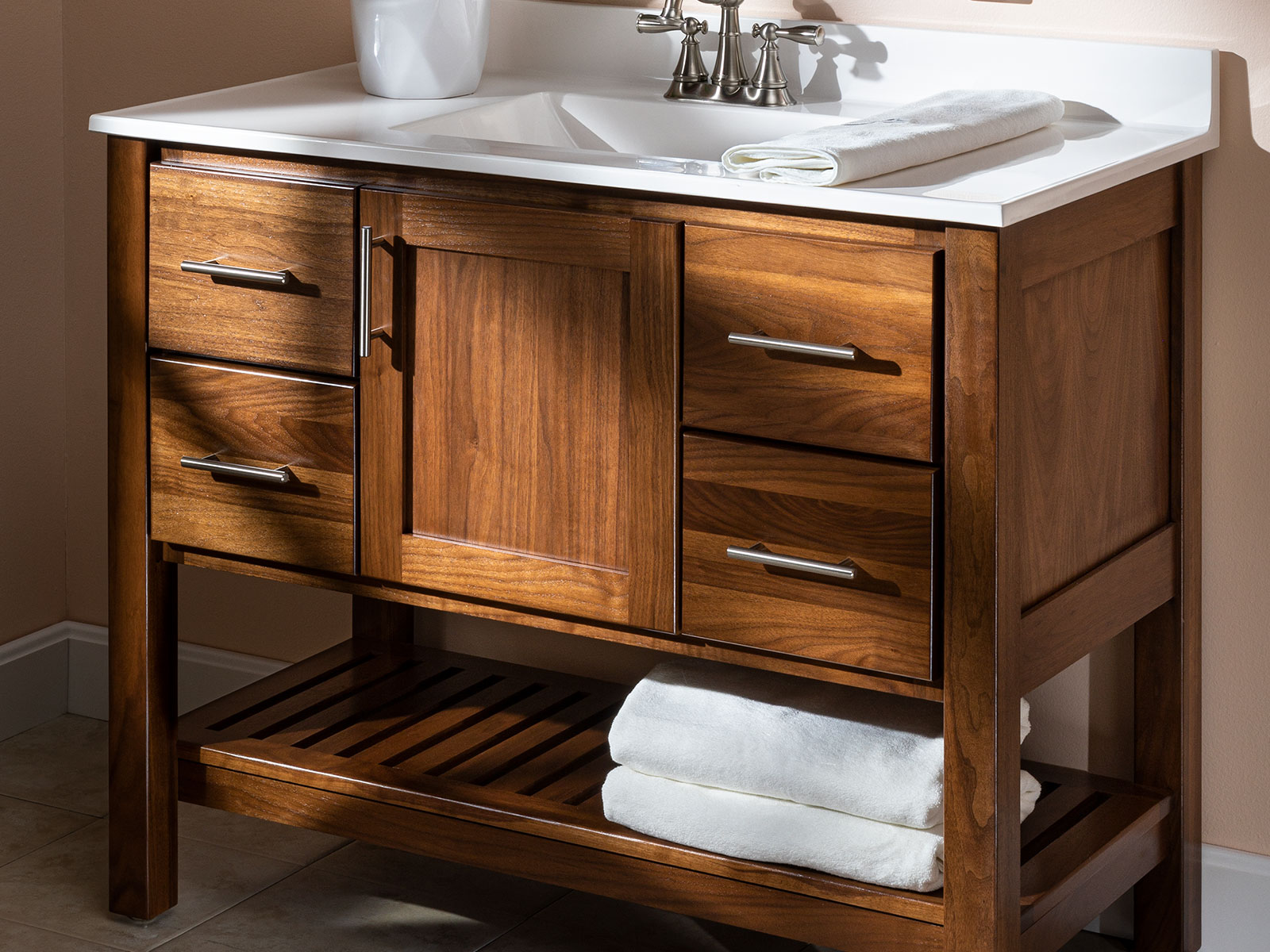You may not feel like an experienced designer when you start the planning stage for a tiny house, but with the right ideas, you can create a plan that reflects your lifestyle and preferences. The best way to start is to understand how much space you have and what kind of style you want. If you’re feeling overwhelmed, think of it as creating the blueprint for a small living space. You’ll need to consider how to accommodate all the activities and functions of a full-sized home without compromising the style or appeal of the finished product. Consider how you use everyday appliances, furniture and accessories when creating a practical plan.Creating a Design Plan for Your Tiny House
Creating a Design Plan for Your Tiny House
When it comes to laying out your tiny house, the possibilities are endless. However, it’s important to consider how you plan to use the space in order to create the most practical and efficient design. Think about how each area will be used, such as whether a living room should double as a bedroom or office. Draw out a diagram of the layout and experiment with different configurations to see what works best. Additionally, it is also important to take into account the natural lighting in the area and how it can enhance the design you envision.Planning Your Tiny Home Layout
When it comes to constructing your tiny house, you should focus on design elements that are essential to the dream home you’re envisioning. Although a tiny house requires fewer materials than a regular-sized home, there are still a range of choices that can make your space feel more livable. Decorating with smaller items like throw pillows or area rugs creates a cozy atmosphere while recessed lighting and chandeliers add interest and elegant style. You may also opt for playful features like a loft bed, pop-out dining table or hidden storage options. Once you decide on the key foundation pieces of your house, you can add little luxuries as accents.Choosing Essential Tiny House Designs
When selecting the materials you need to build your tiny house, you’ll need to consider the potential for efficiency and sustainability. Decide which materials are best for your budget and preferable to you in terms of longevity, adventure and structural strength. Quality materials like R-Tech, rigid foam insulation and Tyvek are ideal if you’re looking to build a more efficient home. Additionally, it’s wise to look for products that are LEED certified and Earth-friendly.Selecting Materials for Building a Tiny House
When it comes to furnishing your tiny house, functionality and design are of the utmost importance. You’ll want to select pieces that maximize the use of space without taking up too much of it. Carefully consider items like wall-mounted tables, foldaway chairs, collapsible features and built-in furniture to create a functional living area. Look for furniture pieces that are multi-functional, such as a sectional sofa that can double as a guest bed or an ottoman that doubles as a storage space. Also, look for pieces with neutral or bright colors or tasteful patterns to add visual interest without overwhelming the space.Tiny House Furniture Design Ideas
It’s important to be creative when it comes to designing your tiny house, as space may be limited. Think about using dual-purpose furniture and items like a shelf or wall divider for added space. Additionally, you can add a unique focal point in the living area by creating a library or workspace, or using items like a garland or hanging plant for additional decorations. Playful lighting solutions, such as string lights, adds a finishing touch to a room. Finally, be sure to use light colors to make the most of natural light and create a bright and airy atmosphere.Making the Most of a Tiny Space With Creative House Designs
Going green with your tiny house is an important consideration when it comes to designing your space. Incorporate sustainable options like low-flow fixtures, renewable energy, composting, rainwater collection and graywater recycling. Look for products made from recycled materials and ones that require minimal maintenance. Additionally, you should always strive to use recycled materials whenever feasible, such as recycled wood, lightweight ceramic tiles or windows, and eco-friendly paint. When done correctly, using sustainable materials and practices can create a beautiful, eco-friendly living space.Incorporating Sustainable Practices into Tiny House Designs
When it comes to building your tiny house, there are several steps you can take to ensure that you use materials that are low-impact and non-toxic. Consider materials made from recycled content or that decrease energy consumption. Additionally, look for products that are certified by the Forest Stewardship Council and GreenCircle Certified. You should also try to choose materials with minimal off-gassing and that are not treated with chemicals. Keep in mind that eco-friendly materials don’t always have to be expensive – by doing your research and shopping around, you can find materials that meet your needs without breaking the bank.Tips for Choosing Low-Impact Building Materials
Maximizing storage in a tiny house is essential in order to maintain the feeling of comfort and style. Look for furniture that offers added storage, such as ottomans with hidden compartments or shelves that hang from the wall. Consider under-bed storage boxes, bookshelves that fold away when not in use and rollout kitchen drawers. Be sure to organize the space properly so that everything has its place. For extra storage, look for innovative solutions like repurposing a ladder as a clothing rack or investing in space-saving furniture.Maximizing Storage in Tiny Home Designs
The right finishes, such as flooring, paint, lighting and accents, can turn your tiny house into a luxe space. Colors and patterned wallpapers can be used to break up the space and add visual interest. When it comes to flooring, look for materials that are lightweight and durable. Consider the specific needs of your living space and opt for finishes that will be most practical for you and your family. Additionally, look for alternative lighting options that require minimal energy and embrace natural materials for accents, such as woven baskets and stone cabaret sculptures.Selecting the Right Finishes for Tiny House Designs
Designing your tiny home to reflect your unique personality is essential in order to create a special atmosphere. Do some research on current trends and popular colors and add them as accents. Stick with an organized layout that gives your space a sense of order and focus on crafting a warm and inviting atmosphere with creative elements. Remember to have fun with your design decisions and include features that make you feel at home. You may even want to take a cue from your favorite hotel or restaurant and try to recreate that feeling in your own home.Designing Your Tiny House to Reflect Your Personality
Maximizing Space When Designing Your Tiny House
 The biggest challenge when designing a tiny house is creating the illusion of space, while utilizing every inch of floor space in an effective and aesthetically pleasing way. The secret is learning to use vertical space and creating multipurpose areas. Some small space design tip's include using light colors on the walls and floors as well as making sure to avoid large furniture pieces and busy patterns.
When designing your tiny house, think with a larger concept in mind and use double duty furniture that can be quickly reconfigured to meet your current needs.
Mirrors can be used to make any room appear larger and well placed windows to maximize and reflect natural light helps to visually open up the space. Plus, mirrors also bounce light around the room, creating a bright, lighter atmosphere. With a careful selection of furniture and well placed lighting it is possible to have a tiny home that still looks stylish.
One of the best and most creative ways to appear larger inside a tiny home is by utilizing false walls. False walls (also known as a room divider) can act as stand-alone dividers within a room and can also act as storage shelves as well. Folding furniture can be used to double up space and for easy storage. There are so many folding and convertible pieces of furniture on the market today that you can easily decorate your Tiny House with stylish, modern pieces that can be quickly and easily changed to fit your design aesthetic and maximize space.
The biggest challenge when designing a tiny house is creating the illusion of space, while utilizing every inch of floor space in an effective and aesthetically pleasing way. The secret is learning to use vertical space and creating multipurpose areas. Some small space design tip's include using light colors on the walls and floors as well as making sure to avoid large furniture pieces and busy patterns.
When designing your tiny house, think with a larger concept in mind and use double duty furniture that can be quickly reconfigured to meet your current needs.
Mirrors can be used to make any room appear larger and well placed windows to maximize and reflect natural light helps to visually open up the space. Plus, mirrors also bounce light around the room, creating a bright, lighter atmosphere. With a careful selection of furniture and well placed lighting it is possible to have a tiny home that still looks stylish.
One of the best and most creative ways to appear larger inside a tiny home is by utilizing false walls. False walls (also known as a room divider) can act as stand-alone dividers within a room and can also act as storage shelves as well. Folding furniture can be used to double up space and for easy storage. There are so many folding and convertible pieces of furniture on the market today that you can easily decorate your Tiny House with stylish, modern pieces that can be quickly and easily changed to fit your design aesthetic and maximize space.
Maximizing walls & using double duty furniture
 When it comes to walls, it’s best to keep them simple and free of too much decoration. Also take into consideration their geometry design. You may need to consider knocking down walls to create one open plan room or to increase circulation and make the space seem bigger. That way, parts of the home never have to be wasted.
Look towards incorporating storage into the fabric of the design of your tiny house - this can mean anything from stair drawers to wall drawers.
It is important to keep furniture to a minimum and look for pieces that do double duty, such as an ottoman that opens up to store blankets and other items. Additionally, you can use wall-mount storage shelves to store items up and away from the floor.
When it comes to walls, it’s best to keep them simple and free of too much decoration. Also take into consideration their geometry design. You may need to consider knocking down walls to create one open plan room or to increase circulation and make the space seem bigger. That way, parts of the home never have to be wasted.
Look towards incorporating storage into the fabric of the design of your tiny house - this can mean anything from stair drawers to wall drawers.
It is important to keep furniture to a minimum and look for pieces that do double duty, such as an ottoman that opens up to store blankets and other items. Additionally, you can use wall-mount storage shelves to store items up and away from the floor.
Finishing touches
 Adding some fun touches to you tiny home can also help the space feel cozier. It is important to create a room that appeals to your senses by adding texture and pops of color. For instance, adding rugs and throws and choosing warm tones or an accent color that will lift the mood and give more depth to the interior of the home.
An inviting and cozy atmosphere can be created by adding comfortable seating and creating different ‘zones’. Strategic use of well-placed plants, knick knacks, as well as ambient and task-oriented lighting can all come together to create a space that is both warm and inviting.
Adding some fun touches to you tiny home can also help the space feel cozier. It is important to create a room that appeals to your senses by adding texture and pops of color. For instance, adding rugs and throws and choosing warm tones or an accent color that will lift the mood and give more depth to the interior of the home.
An inviting and cozy atmosphere can be created by adding comfortable seating and creating different ‘zones’. Strategic use of well-placed plants, knick knacks, as well as ambient and task-oriented lighting can all come together to create a space that is both warm and inviting.
HTML

Maximizing Space When Designing Your Tiny House

The biggest challenge when designing a tiny house is creating the illusion of space, while utilizing every inch of floor space in an effective and aesthetically pleasing way. The secret is learning to use vertical space and creating multipurpose areas. Some small space design tip's include using light colors on the walls and floors as well as making sure to avoid large furniture pieces and busy patterns. When designing your tiny house, think with a larger concept in mind and use double duty furniture that can be quickly reconfigured to meet your current needs.
Mirrors can be used to make any room appear larger and well placed windows to maximize and reflect natural light helps to visually open up the space. Plus, mirrors also bounce light around the room, creating a bright, lighter atmosphere. With a careful selection of furniture and well placed lighting it is possible to have a tiny home that still looks stylish.
One of the best and most creative ways to appear larger inside a tiny home is by utilizing false walls. False walls (also known as a room divider) can act as stand-alone dividers within a room and can also act as storage shelves as well. Folding furniture can be used to double up space and for easy storage. There are so many folding and convertible pieces of furniture on the market today that you can easily decorate your Tiny House with stylish, modern pieces that can be quickly and easily changed to fit your design aesthetic and maximize space.
































































































:max_bytes(150000):strip_icc()/_hero_4109254-feathertop-5c7d415346e0fb0001a5f085.jpg)



